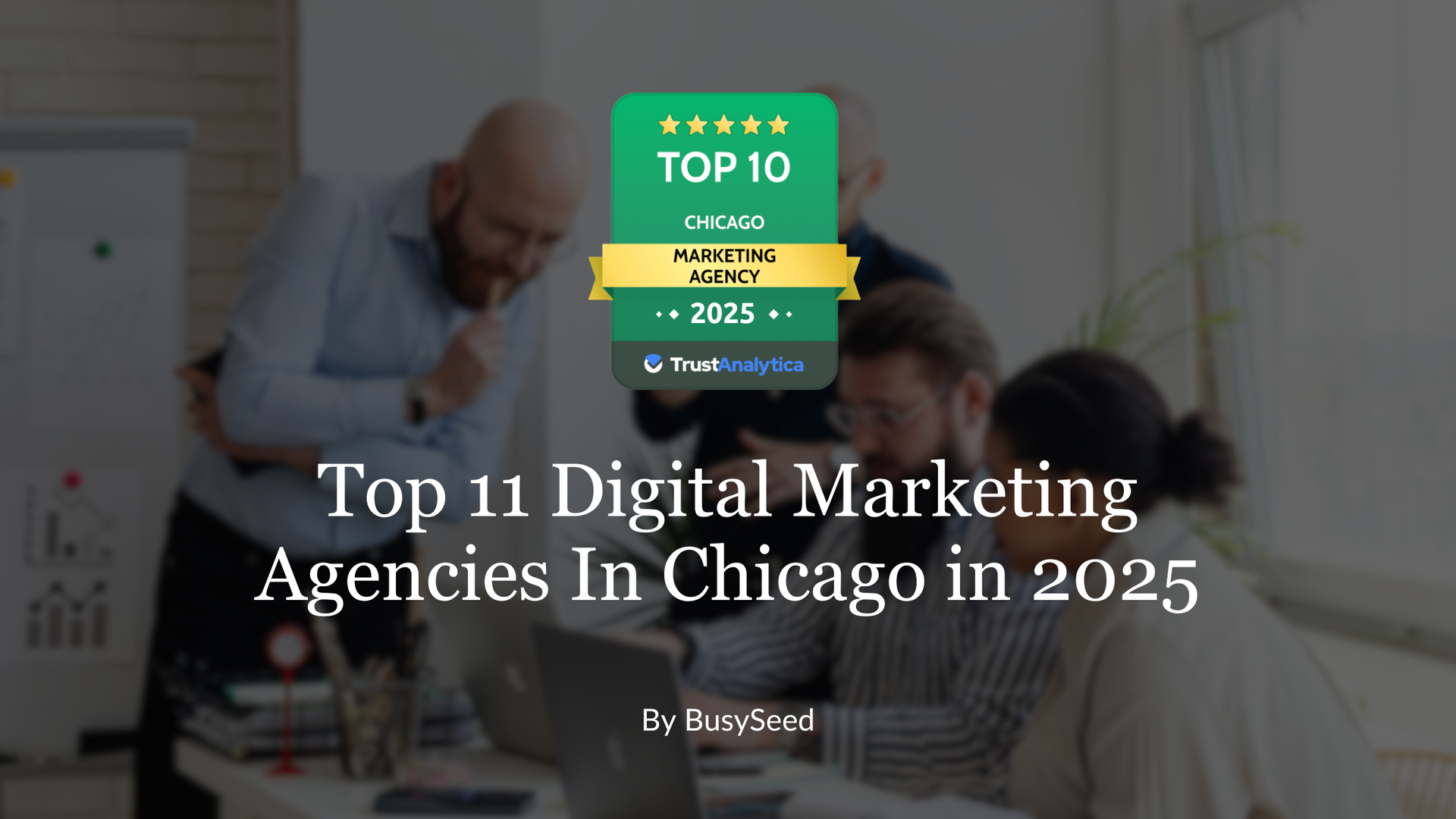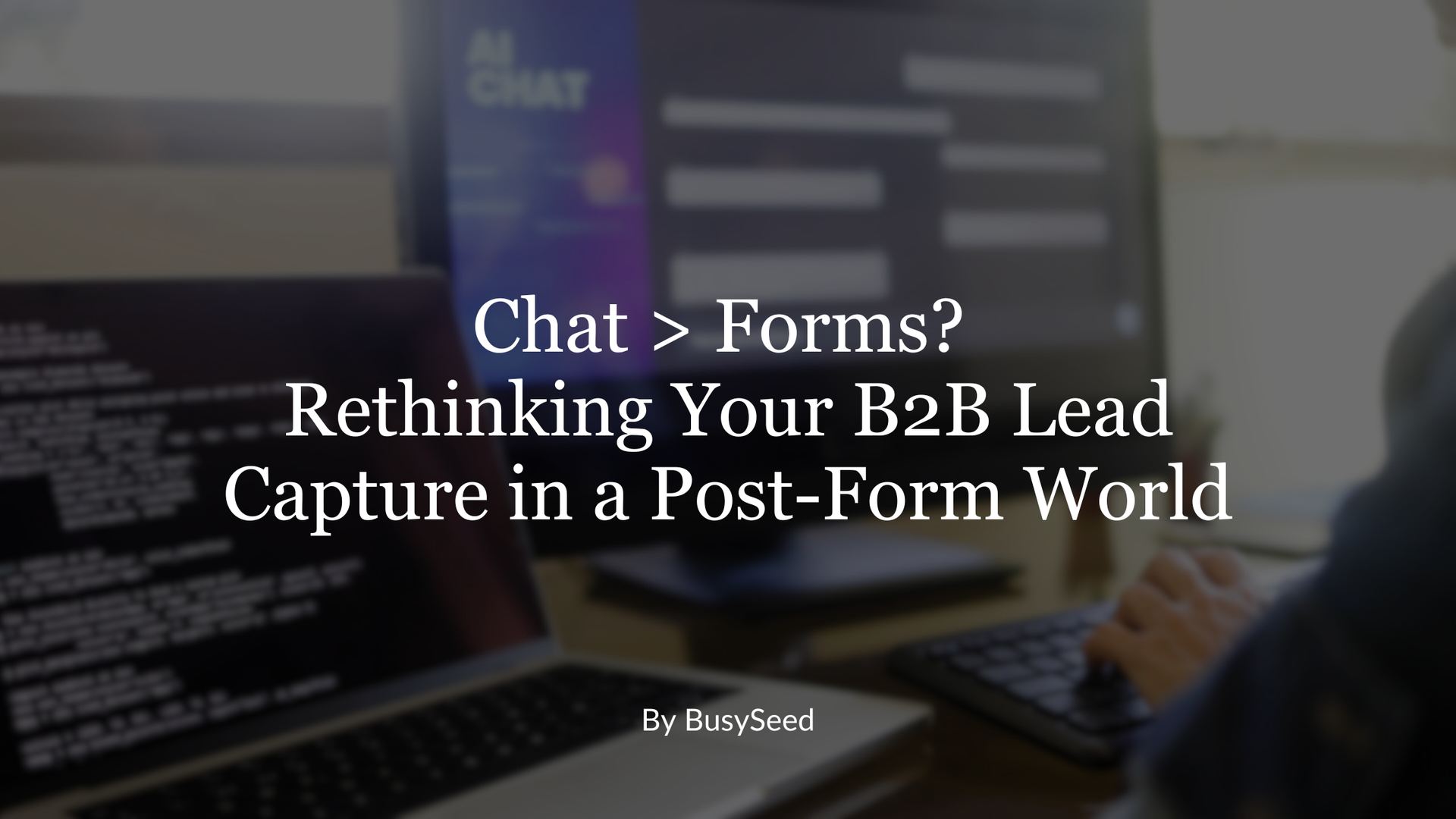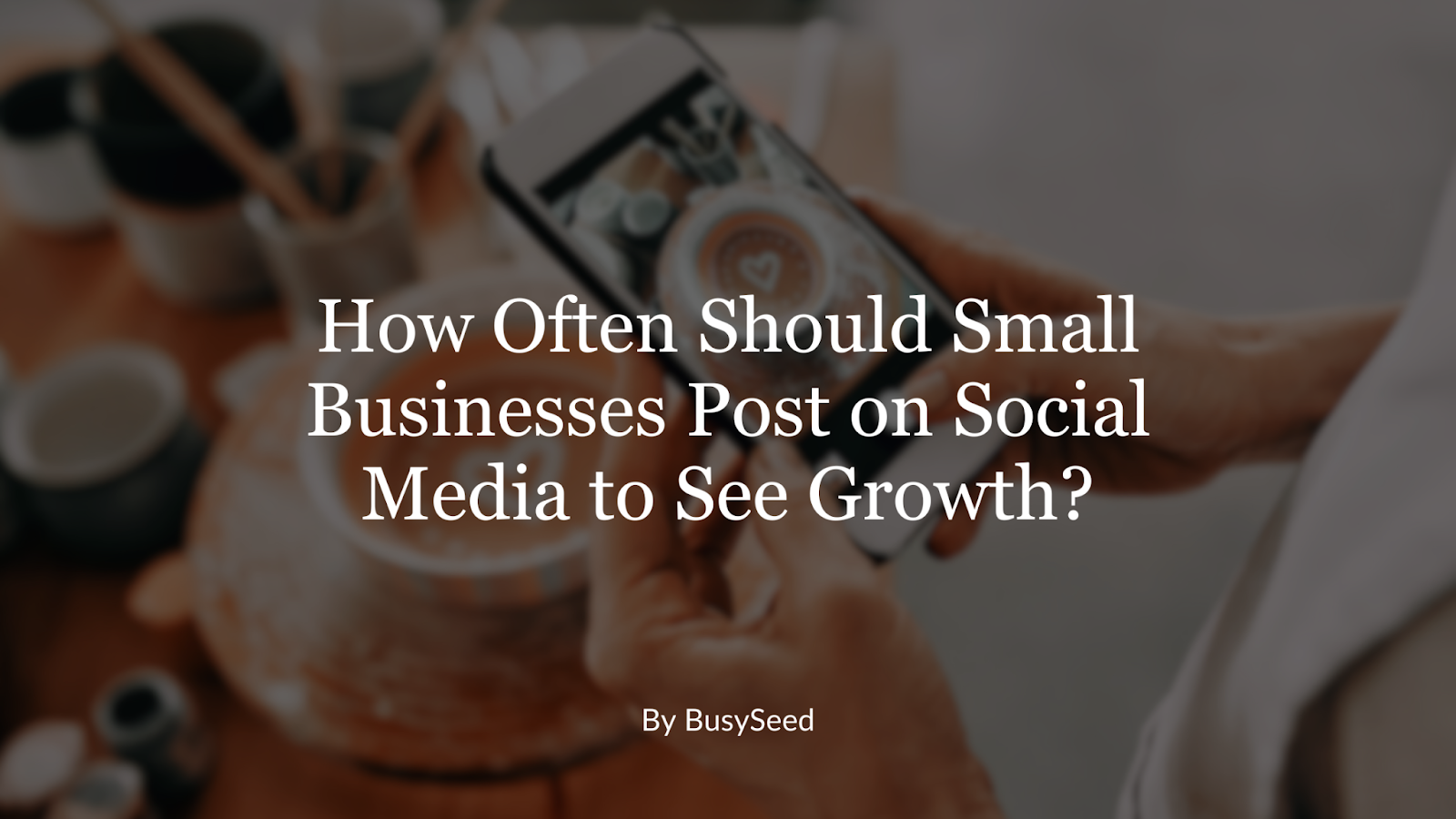4 Best Practices for Brand Management
The internet has made brand management much more involved now that there are so many digital channels for customers to communicate through. Customers now have the ability to voice their opinions—and they really want to be heard. In essence, brand management is about managing those conversations while nurturing a positive perception at the same time. Your online presence is a powerful weapon for your brand. Are you wielding it responsibly? Here are 4 tips for managing an online brand effectively.

Did you know that 93% of customers check the online reviews of a company or product before purchasing and almost 80% base their purchasing decisions on what they’ve read online?
This just highlights how important reputation management is for online brands. It enables businesses to build strong relationships with customers and nurture their target audience to build a positive public perception.
What is Brand Management?
Put simply, brand management involves monitoring and adjusting the way your brand is viewed and perceived online.
It includes everything to do with your digital marketing, from the website layout to the SEO to the social media content. Pretty much anywhere that your customers can interact with your brand online!
Top Tips for Brand Management
Here are some top tips on how to practice great online brand management in your business.
1. Continually Track Your Brand
In order to manage your online reputation, you must be aware of the conversations around your brand. This involves regularly checking your online reviews and tracking your metrics to gain an understanding of how your brand is being perceived.
There are plenty of ways in which you can keep an eye on these conversations. Read your Google reviews, check people’s comments on social media, and use online tools to monitor your website analytics. This way, you can gain a deeper understanding of how your content is performing.
2. Encourage Customer Reviews
As mentioned at the start, customer reviews make a significant difference to people’s buying decisions. By encouraging your customers to leave a review when they are happy with their purchase, you can start to build a portfolio of positive testimonials.
You may get one or two negative reviews, but by focusing on providing high-quality products and amazing customer service, these negative reviews will be a rare occurrence. When you do receive negative feedback, take this on board and use it to further improve your products or services.
3. Address Any Issues and Concerns
You may not want to respond to negative comments and complaints about your brand. However, it’s important that you address any issues that are raised by your customers.
Showing that you are genuinely concerned about their worries and are willing to help them resolve the issue can do wonders for the reputation management of your brand.
Remember, silence can be deadly! You’re much better at responding to complaints than ignoring your customers.
4. Create High-Quality Content
If your content is low quality, you’re going to have a difficult time building a great brand reputation. People will click off your website within seconds and say or less likely to scroll through your social media channels if they don’t like what they see.
Your content should be valuable and inspiring to your audience. It must also be actionable. Encourage your audience to engage with your posts and share your content with others. This will give your brand reputation a boost and will help you to appear as an expert within your industry.
For more help with your digital marketing and online brand management, contact BusySeed today.



 Forms? Rethinking Your B2B Lead Capture in a Post-Form World"." onerror="handleImageLoadError(this)"/>
Forms? Rethinking Your B2B Lead Capture in a Post-Form World"." onerror="handleImageLoadError(this)"/>






